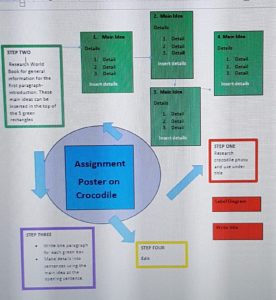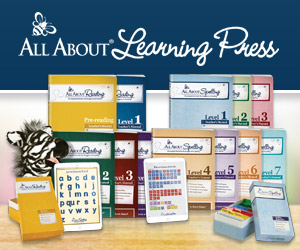Strategies Improve Student Motivation
When it comes to learning about shares to invest and make money one of my sons reads about three related books each fortnight. This activity has been continued over approximately twelve months. This man is highly motivated. We can reasonably draw this conclusion based on his close attention when learning about the topic and his eagerness to read whenever he can and most importantly, his ability to act on what he has learnt. Strategies improved his motivation especially when these strategies increased his wealth!
Motivation is something that energizes, directs, and sustains behavior; it gets students moving, points them in a particular direction, and keeps them going
There are three steps to motivation:
How to begin
This is the stage where we have to be energised and know the direction that is to be taken
How to maintain focus
This is where motivation and action has to be maintained to move towards the goal of finishing the task.
How to finish
ACTION IS EVERYTHING!
It is the action that eventually drives the motivation. Once many years ago, I wanted to paint the outside of my old Queenslander house. I would go outside and imagine the finished product. I got excited about painting the house, picking the colours and dreaming about the finished product. BUT I NEVER STARTED. I just lay on the couch and watched television and kept dreaming. I didn’t have the physical energy to do the job.
One day, I read somewhere that if I just started and did a little bit of painting I still wouldn’t like to do it but I could build on the time spent on the job. I kept in my mind the old saying,
“Inch by inch, it’s a sinch.” I still can’t believe that I would get into my painting gear, prepare the paint and then paint the wall for 5 minutes. I absolutely hated painting. Each day I would go out and do an extra few minutes painting. Once the momentum started I was on a roll and able to complete a couple of hours painting. Eventually, I was able to paint the outside of the house. It took so much effort to begin, to continue and to finish. So, it isn’t much different for children-we have to virtually push them to action until they feel that intrinsic satisfaction that takes over.
Virtually, all students are motivated in one way or another. One student may be keenly interested in classroom subject matter and seek out challenging course work, participate actively in class discussions, and earn high marks on assigned projects. Another student may be more concerned with the social side of school, interacting with classmates frequently, attending extracurricular activities almost every day, and perhaps running for a student government office. Still another may be focused on athletics, excelling in physical education classes, playing or watching sports most afternoons and weekends, and faithfully following a physical fitness regimen. Yet another student—perhaps because of an undetected learning disability, a shy temperament, or a seemingly uncoordinated body—may be motivated to avoid academic situations.
Getting started on writing assignments in school and at home requires students to use their attention. Students must have the mental energy or “fuel” to initiate and maintain the task. In addition, students who are able to preview, or think about the outcomes of the task before beginning, are helped in many ways. They can have an idea of what their story or report will be like once a topic is selected as well as what materials will be necessary to do the assignment.
Moreover, students who also have a strong sense of “step-wisdom,” knowing how tasks or activities can be broken down into a series of steps, will be able to determine the first step needed to get started on a writing assignment.
Planning well can be a great motivator. All work can be broken down into miniscule parts. Using graphic organisers can help in breaking down the task and making a priority order. Simple diagrams that step out the process of developing an assignment can make the task less overwhelming and manageable. The student can begin with step one and then cross it out on the organiser and then continue. Placing the daily/weekly to do tasks would add another worthwhile heading. Break the steps down into smaller  tasks until the child is ready for less detailed support. Once the child uses this organiser a few times, he should be able to move to independence.
tasks until the child is ready for less detailed support. Once the child uses this organiser a few times, he should be able to move to independence.
How does motivation apply to this exercise? Lack of motivation can be simply a feeling of being overwhelmed. Once the child can see how to work through the task without being stressed he will be more interested in preparing his work and moving to things he likes to do.
We can support students by simplifying all activities and adding complexity as the child develops strategies to manage independently. Motivation is key to everything. Sustaining motivation requires mental energy and persistence-something that has to be learnt. As teachers we try and build resilience regularly. Currently, we are building reading resilience by simply increasing the amount of reading and comprehension activities to be completed in one session. This strategy is simple and can be developed for any activity. Our children need to take some responsibility for their motivation and resilience. They need to remember that their only limit is THEM.
Ann Foster tutors children who have difficulties in reading, writing and spelling.
Contact Ann 0n 0414340883 or email letterboxdelivers@hotmail.com
Website: www.letterboxlearntoread.com
Ann holds the following qualifications:
Diploma of Teaching
Bachelor of Educational Studies
Master of Education ( Special Needs)
Master of Education (Counselling & Guidance)




No comments yet.